The world of competitive ice sports is filled with nuanced techniques, but few are as visually striking or as physically demanding as the art of sweeping in curling. Often overlooked by casual observers, the frantic back-and-forth motion of players vigorously brushing the ice ahead of a sliding stone is far more than mere theatrics—it’s a finely tuned science that can make or break a game. The act of sweeping, or "pebbling" as it’s sometimes called, involves a delicate interplay between friction, temperature, and human endurance, all converging in a sport where millimeters often determine victory.
At its core, sweeping alters the surface of the ice in ways that defy intuition. A curling sheet isn’t perfectly smooth; before a match, it’s sprayed with droplets of water that freeze into tiny bumps, creating a textured surface known as "pebble." When sweepers drag their brooms across this pebbled ice, the friction generated momentarily melts the top layer, creating a thin film of water. This reduces the friction between the stone and the ice, allowing it to travel farther and straighter. The effect is fleeting—the ice refreezes almost instantly—which is why sweepers must work in perfect sync with the stone’s movement.
The tools of the trade have evolved dramatically over the decades. Early curlers used corn brooms, whose stiff bristles scraped the ice aggressively, sometimes altering the stone’s path unpredictably. Modern brushes, by contrast, feature synthetic pads that glide smoothly, offering more control. The materials are engineered to maximize friction without damaging the pebble, and elite teams often customize their brushes to suit individual sweeping styles. Even the angle of the brush head matters—too steep, and it digs into the ice; too shallow, and it fails to generate enough heat.
Sweeping isn’t just about physics; it’s a test of raw athleticism. A single game can require a player to sweep for over a mile in short, explosive bursts, each demanding enough force to elevate their heart rate to near-maximum levels. The best sweepers combine the endurance of a cross-country skier with the precision of a surgeon, maintaining perfect form even as fatigue sets in. Teams now employ specialized trainers to build sweeping-specific strength, focusing on core stability and forearm endurance. It’s no exaggeration to say that a well-conditioned sweeper can add several feet to a stone’s distance—enough to turn a near-miss into a game-winning shot.
Strategy plays an equally critical role. Not every stone needs to be swept with equal intensity. A skip might call for "clean" sweeping to preserve the stone’s current trajectory or "hard" sweeping to extend its distance. Sometimes, sweepers stop abruptly to let the stone "curl" naturally around a guard. Communication is constant and coded—elite teams develop their own shorthand to convey adjustments mid-shot. The slightest miscommunication can send a stone sailing into the wrong quadrant, a mistake that’s often irreversible at competitive levels.
Technology has crept into the sport in unexpected ways. Thermal imaging cameras now reveal how effectively a team’s sweeping raises the ice temperature, and some clubs experiment with sensor-equipped brooms to quantify pressure and speed. Yet for all the innovation, sweeping remains an intensely human endeavor. The finest sweepers rely on instinct honed through thousands of hours of practice, reading the ice’s subtle variations like a musician interprets sheet music. In a sport where margins are razor-thin, that intangible feel—the ability to "listen" to the ice—often separates champions from contenders.
Perhaps the most underappreciated aspect of sweeping is its psychological dimension. The sound of a brush working at full tilt—a rhythmic, almost metallic hiss—can unsettle opponents, especially in tight matches. Some teams employ "directional sweeping," where the brush’s path intentionally creates noise or visual distractions. The mental toll is equally profound; a sweeper who doubts their technique mid-shot may hesitate just long enough to cost their team a critical point. Confidence, therefore, is as vital as physical skill.
As curling gains global traction, sweeping’s complexities are finally getting their due. Broadcasters now deploy microphones near the ice to capture the visceral sound of bristles at work, and slow-motion replays highlight the precise moment a well-swept stone overcomes inertia. Analysts break down sweeping techniques with the same scrutiny given to a golfer’s swing or a pitcher’s release. What was once dismissed as mere busywork is now recognized as one of sports’ most unique symbiotic relationships—between athlete, tool, and elemental forces.
Looking ahead, the sport faces intriguing questions. Will equipment innovations eventually plateau, or will new materials redefine sweeping’s limits? How will climate change affect ice conditions, and by extension, sweeping strategies? One thing is certain: as long as curling exists, the relentless dance of sweepers will remain its heartbeat—a blend of tradition, science, and sheer willpower played out on a sheet of carefully prepared ice.

By Emily Johnson/May 8, 2025
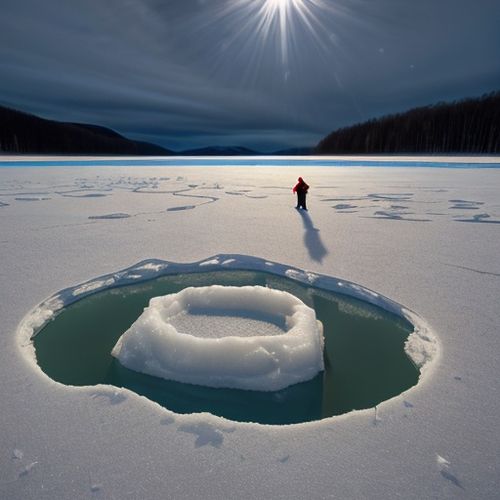
By Natalie Campbell/May 8, 2025
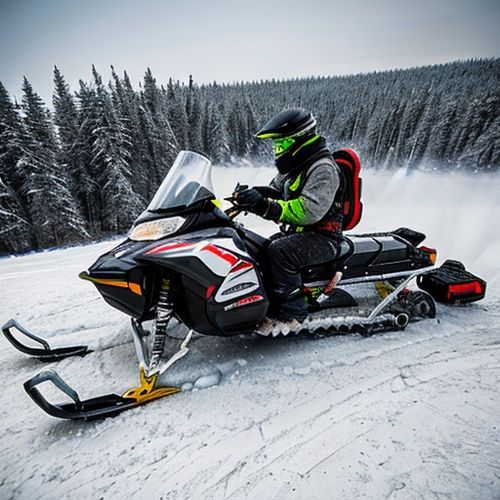
By Olivia Reed/May 8, 2025
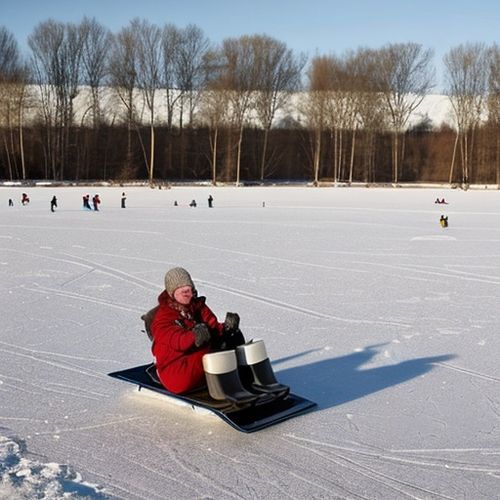
By Lily Simpson/May 8, 2025
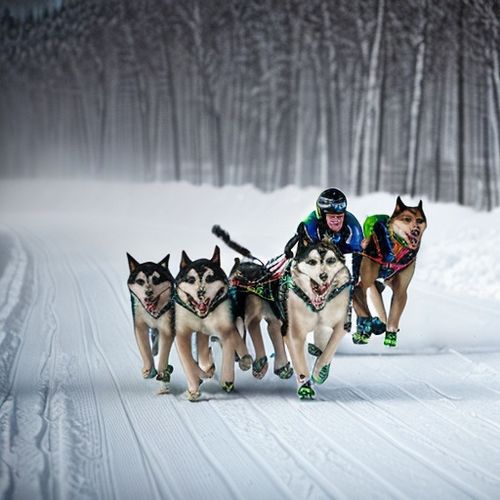
By Olivia Reed/May 8, 2025
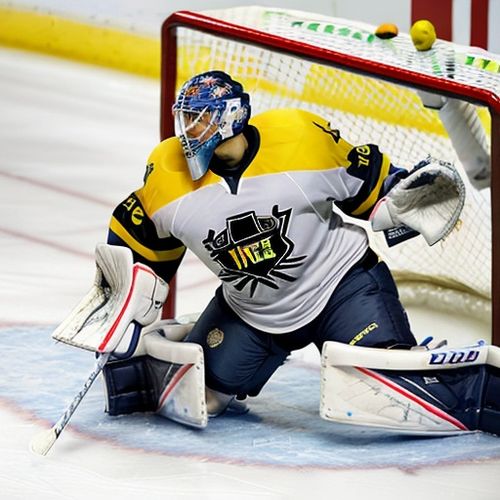
By Thomas Roberts/May 8, 2025
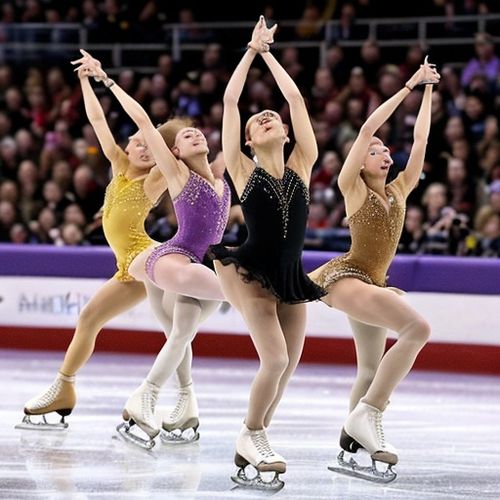
By Daniel Scott/May 8, 2025
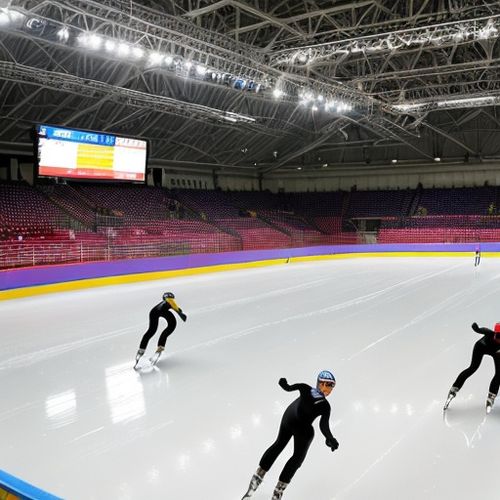
By George Bailey/May 8, 2025
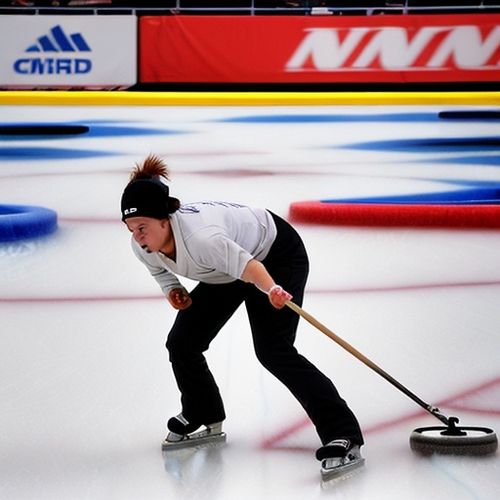
By David Anderson/May 8, 2025
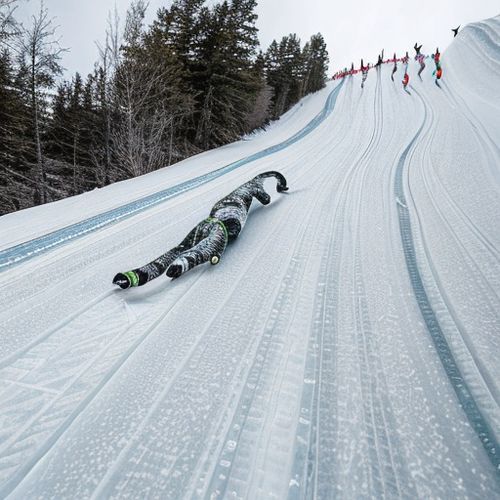
By Amanda Phillips/May 8, 2025
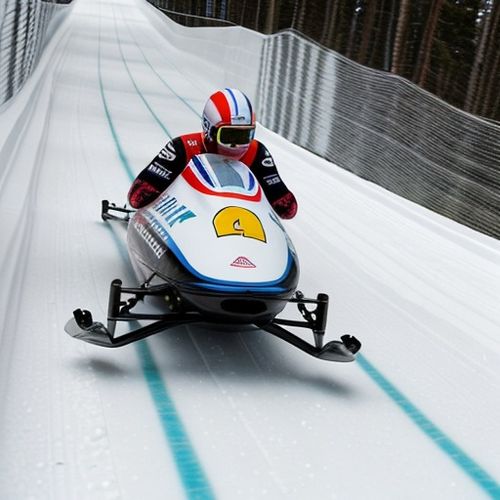
By Rebecca Stewart/May 8, 2025
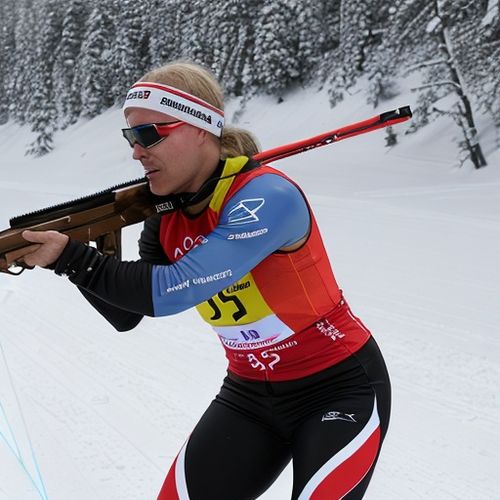
By Christopher Harris/May 8, 2025

By Emily Johnson/May 8, 2025

By Christopher Harris/May 8, 2025
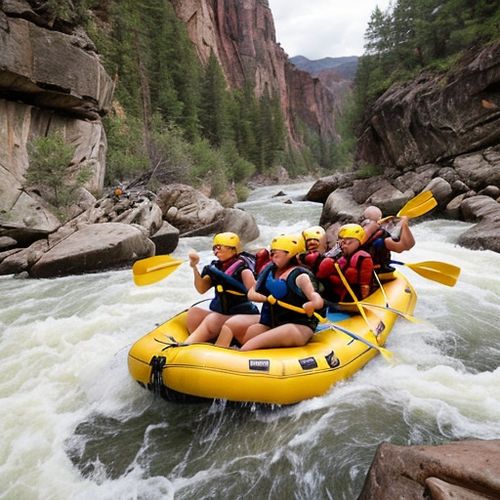
By Thomas Roberts/May 8, 2025
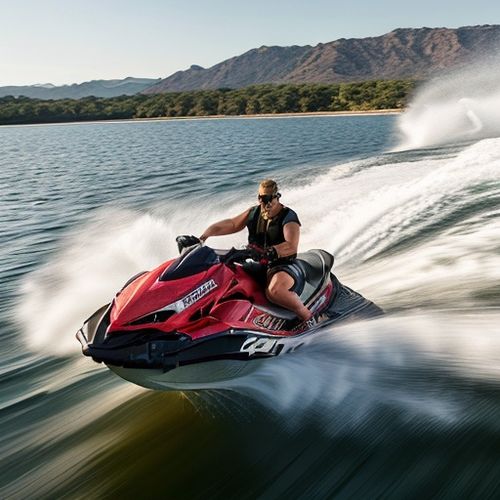
By Rebecca Stewart/May 8, 2025

By Noah Bell/May 8, 2025

By Lily Simpson/May 8, 2025

By Megan Clark/May 8, 2025
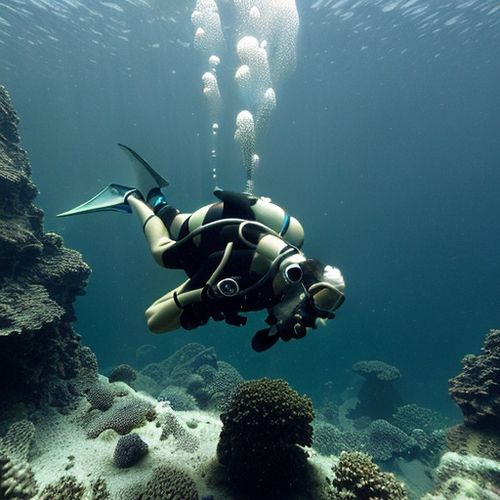
By Megan Clark/May 8, 2025